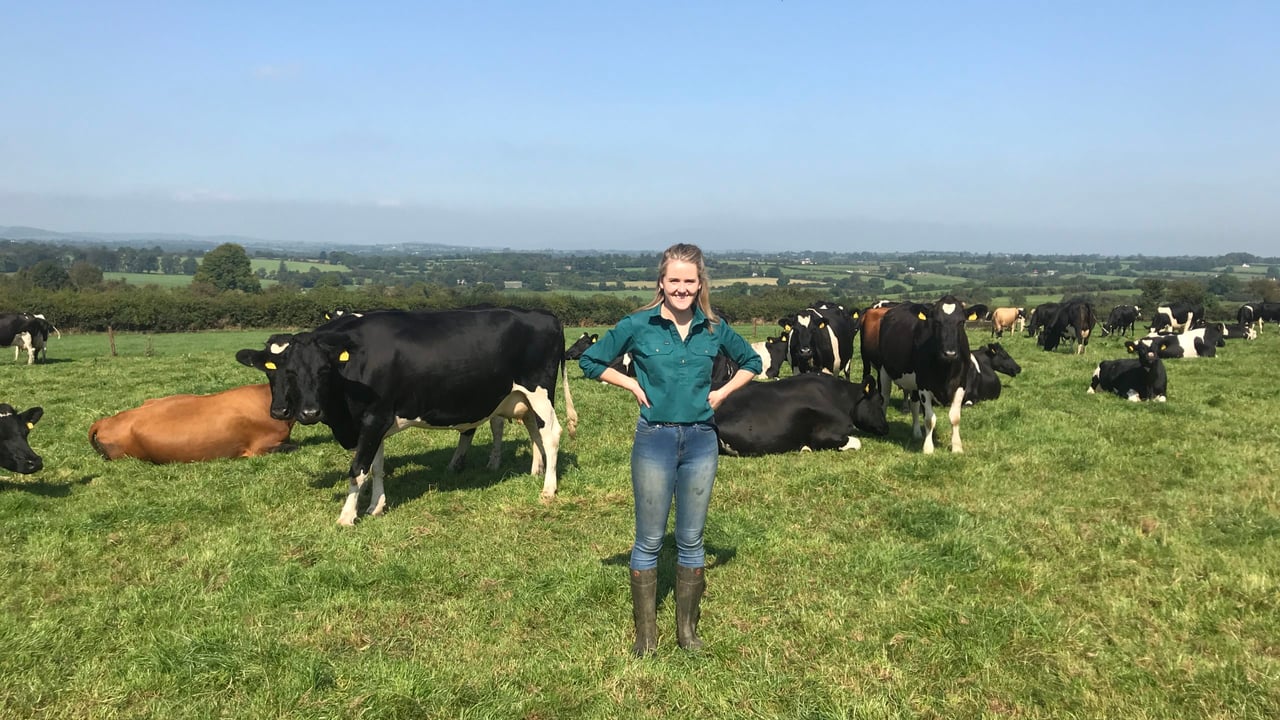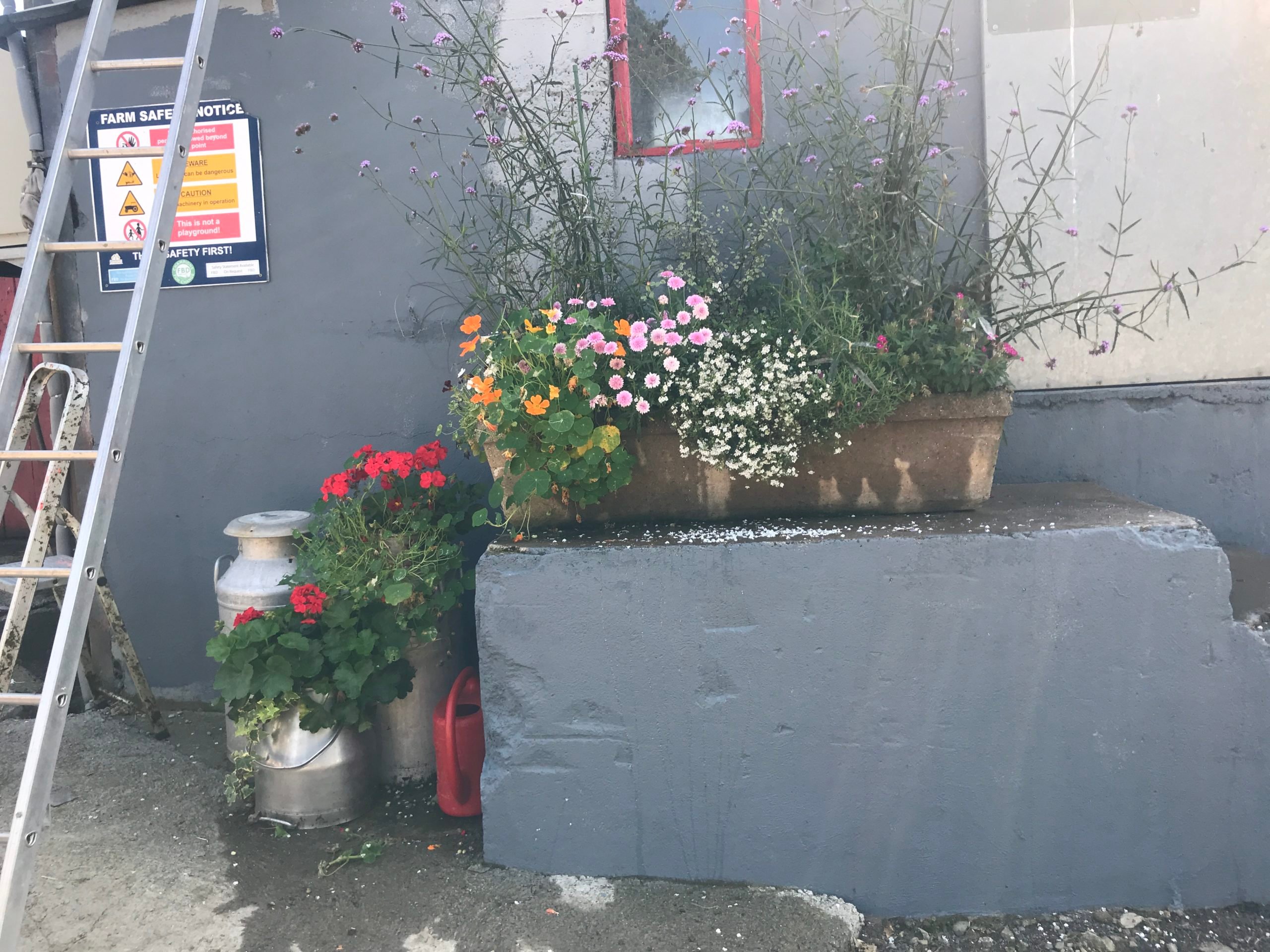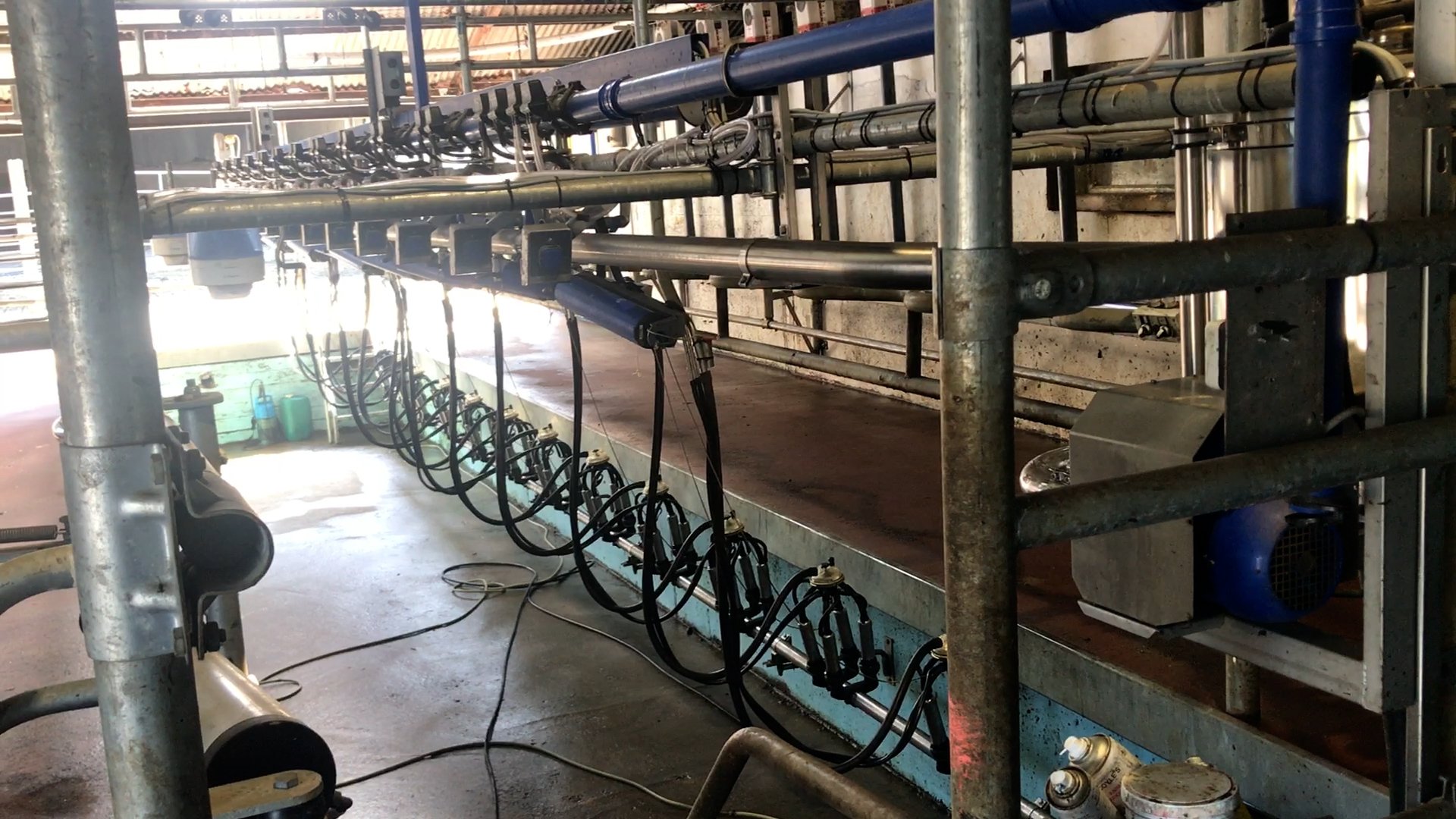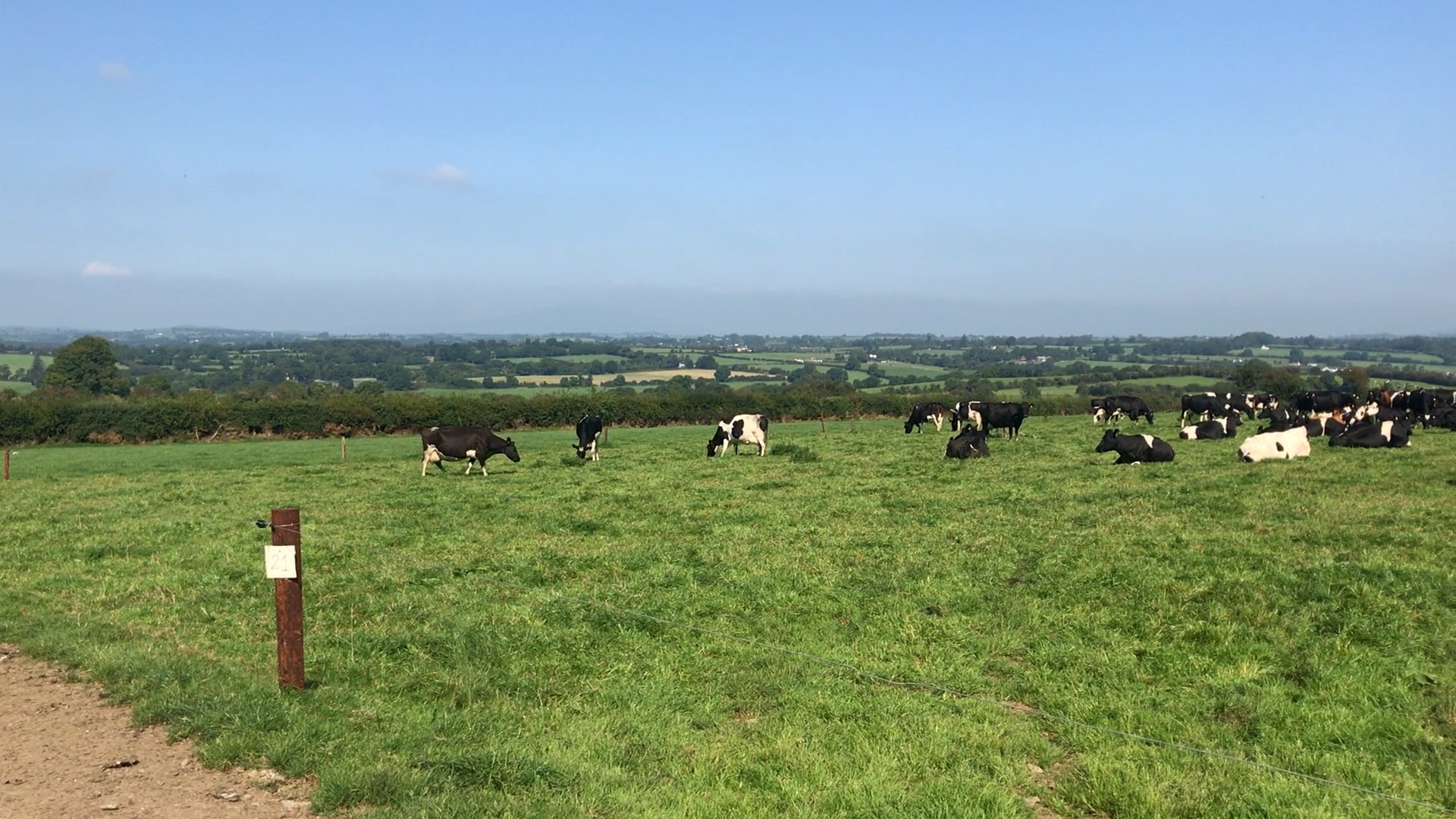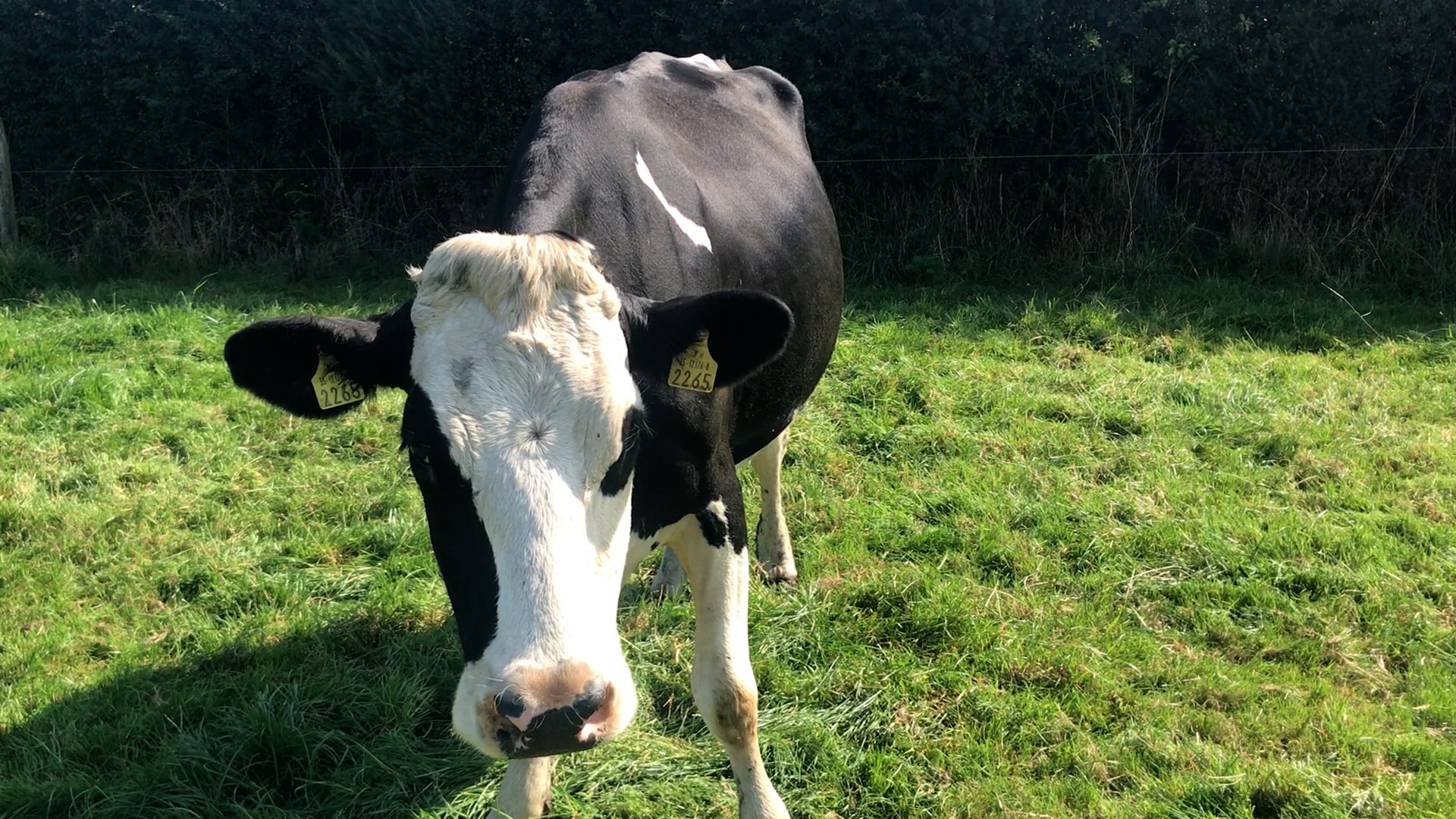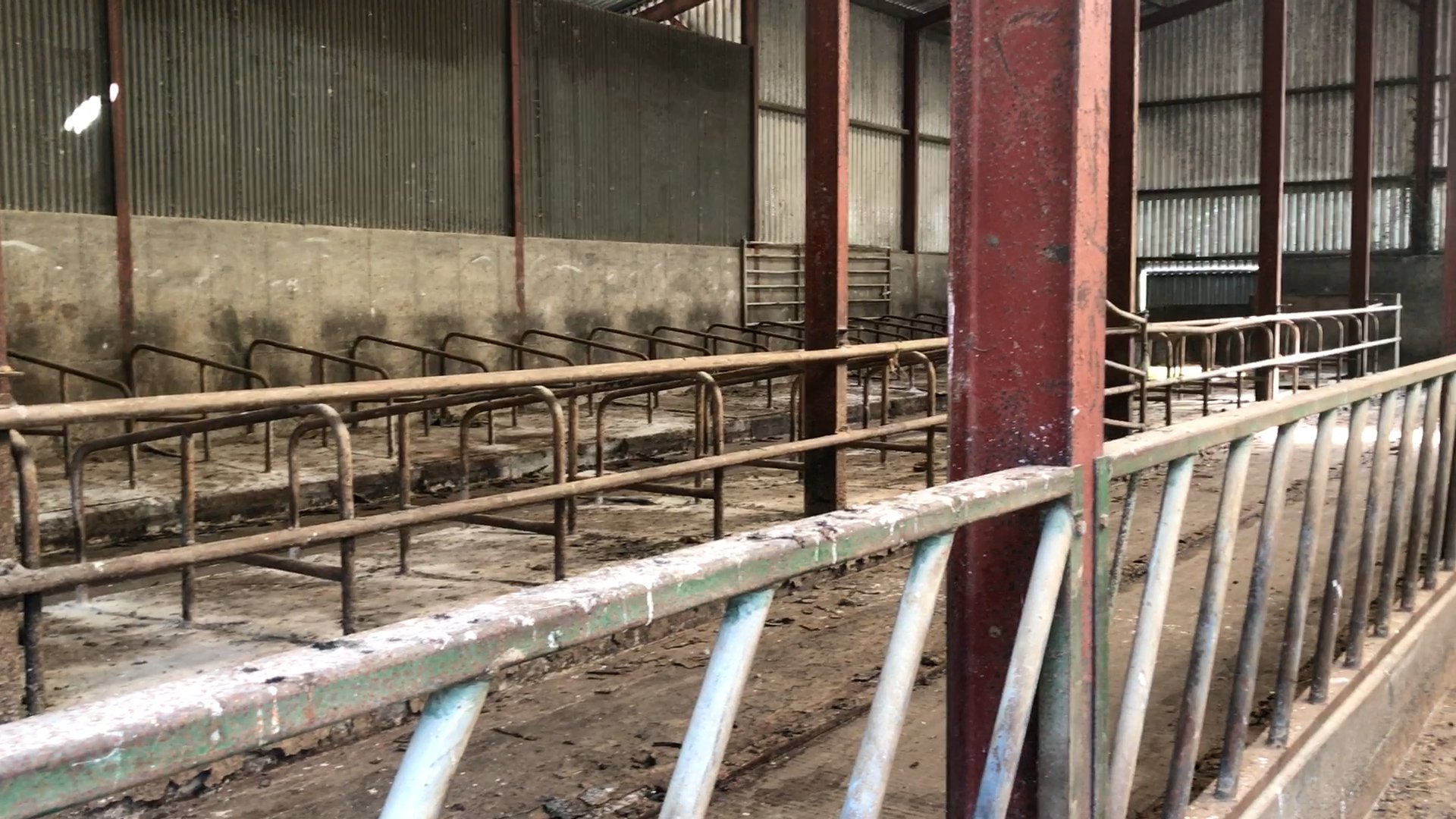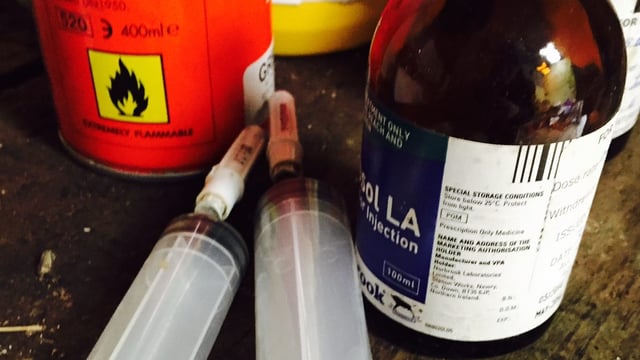Dairy Focus: Paving a path into dairying on a leased farm
In this week’s Dairy Focus, Agriland made the trip to the Crystal county to meet Maighréad Barron, on her farm located just outside Clonea Power.
Maighréad took over the farm on a long-term lease in 2018 and is currently milking 96 cows on the 100ac farm in Co. Waterford.
Maighréad grew up on a dairy farm about 40 minutes away from Clonea Power, but never really had much of an interest in dairy farming until she took up ag-science in secondary school and fell in love with it.
Commenting on this, Maighréad said: "I never thought that I would go farming myself, I had big dreams of becoming a lawyer or something like that."
After completing the leaving certificate, Maighréad attended University College Dublin (UCD) and completed a course in dairy business.
Maighréad said: "In third year, I went to New Zealand for a six-month work placement on a dairy farm. Before going there I had kind of decided that I would get a job in Teagasc or the department [of Agriculture, Food and the Marine] - something handy.
"I got on really well in New Zealand and was offered a job as a second in command on a dairy farm. I thought about it, but they would not hear of it at home, so I came back to do my final year.
"In the final year of college everyone was applying for masters and PhDs, while I was just applying for farm jobs, with the end goal of being a manager or a share milker.
"After that, I was still looking for a manager job, but ended up working on a 500-cow farm close to home."
Maighréad continued to look for farm manager or share-milking roles and in late 2017, took on a 15-year lease on a farm in Clonea Power.
Commenting on this, Maighréad said: "While working on these farms, I continued to look for manager jobs, share milking or a partnership.
"We even looked into going into a partnership at home but my dad, mother and older brother are at home, so me going home was not going to work.
"I wanted to go out on my own, I wanted to do it myself - Mam and Dad knew that and were backing me 100%.
"It was dad that saw this farm up for lease in the paper. We had seen a farm down in Skibbereen, it was too far away and I did not like the place.
Maighréad continued: "We rang up the auctioneer and viewed the farm a few days later and instantly when I got here, I had the feeling that I wanted it.
'We met Sean, the farm's owner, and explained that mam and dad will be backing me, but I will be here on my own [and] that it would be my farm. Sean had no problem with that.
'We put in an offer for the farm and within two days, Sean had rang back saying the place was mine if I wanted it.
"In January of 2018, I took over the farm on a 15-year lease. I started with 77 cows in the first year, the following year there were 88 cows and this year, there are 96 cows milking.
"96 is as far as I will go on this farm; I could go to 108 cows but I have to take the silage off the milking platform."
Commenting on the farm, and what has changed since she took it over, Maighréad said: "It is a very dry dairy farm - compared to home, this is like a desert.
"We burn up in the summer; we were very bad in 2018 and this year we were in trouble again. I was feeding silage and extra meal before we got the rain.
"At the start, I had planned on using a contractor to do the slurry and fertiliser, but I actually do a lot of it myself.
"I only have the one tractor for the farm so it does everything. I get the contractor in to empty the tanks in the spring with the pipe system and make the bales."
Speaking about the farm's infrastructure, Maighréad said: "Everything on the farm itself was quite good. There were roadways in place, paddocks and housing for 100 cows.
"The only major thing that was bad was the parlour. It was really narrow and there was a loft, so the roof was really low.
"The parlour was really dark; where the cows stood was narrow and the pit was only as wide as a quad bike.
"The cows were not comfortable in the parlour, but we decided to milk away in it for the first year and build up a bit of cash to update it in the second year.
"We installed automatic cluster removers (ACRs) last year. Initially, I didn't want them, but I could not keep on top of cell counts."
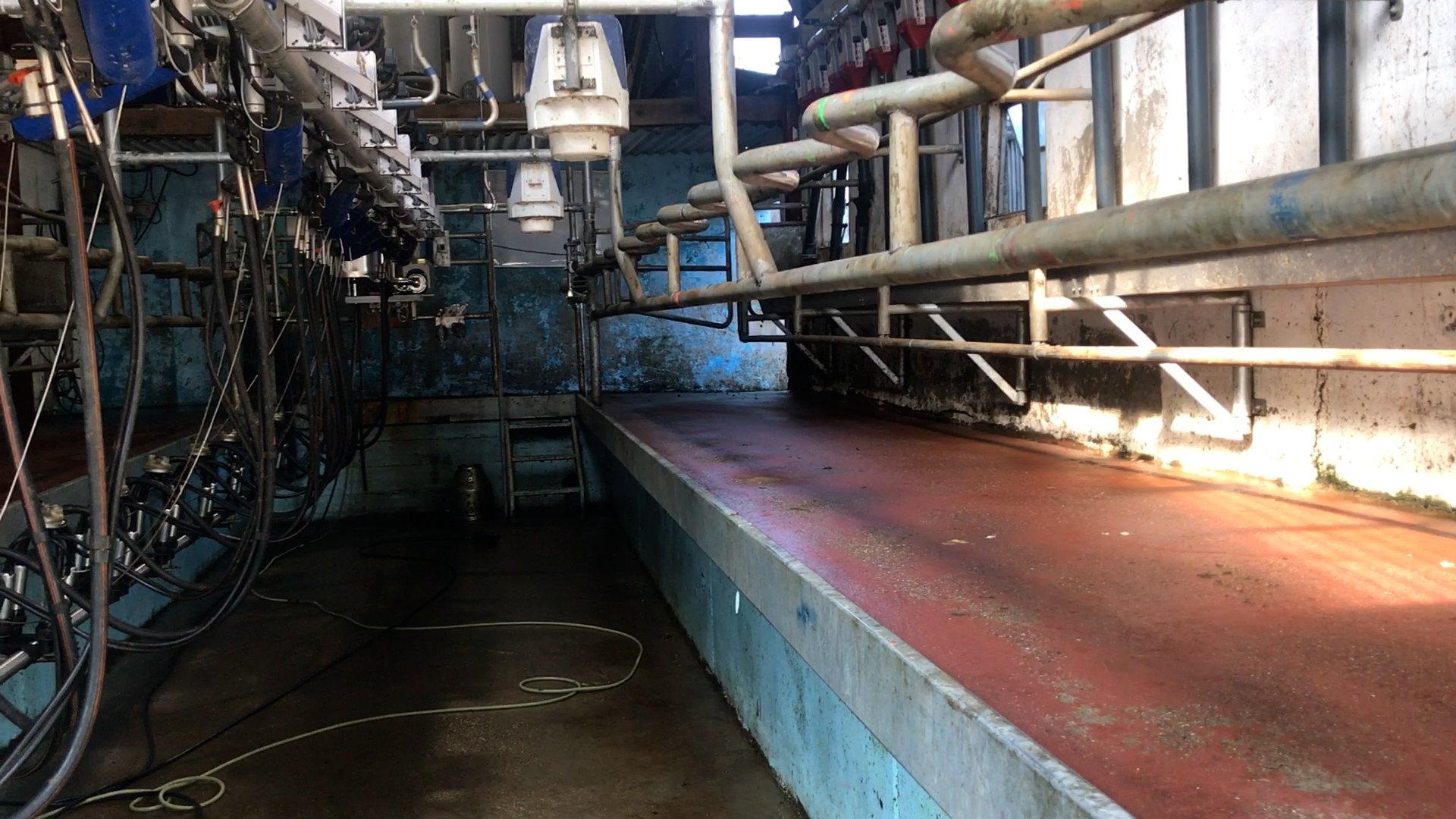
Discussing the current cow type on the dairy farm and what her ideal cow is, Maighréad said: "In 2017, we looked at buying cows, but they could not be got anyway, so we decided to buy the cows that were here.
"The cows here were a British Friesian type; there were some good and there was some really bad ones.
"We milked away for the first year with those cows. Dad and John gifted me 10 cows too from home, to help build the numbers.
"The herd now is about 60% Jersey crosses and 40% British Friesian. I am not really worried about litres, I just want a cow producing 500kg of milk solids [ms] minimum."
Maighréad continued: "The Jersey cross cow is what I like, I get my replacements from home, but they are beginning to move away from the Jersey and use more Friesian, with the bull calves being the main issue.
"I breed all the cows to beef, I used Limousin and Hereford for the first two years. I have now switched to Angus and Hereford. I have a man that buys all the Angus calves off me so it is a good cash injection after Christmas.
"It also keeps it nice and simple, utilising all the grass for the cows. I did the costing for buying in replacements versus rearing my own and it was only €200 cheaper to rear my own replacements."
Cell counts on the dairy farm were an issue, with a number of factors contributing to this, Maighréad said: "Cell counts were an issue for the first two years, they were averaging between 200,000cells/ml and 300,000cells/ml.
"I had to cull some cows because they just could not be cured, updating the milking parlour has also helped.
"The cell counts for this year are averaging 68,000cells/ml. I have gotten the cell counts under control and I am not going to use selective dry cow therapy until they make me."
Earlier this year, Glanbia announced that it would be introducing peak milk supply management.
"I was worried at the start when it was first announced," Maighréad said.
"Glanbia were working it off 2018, 2019 and 2020. I had to cull a lot of the older cows and I had bought in a lot of heifers, so they had not reached their peak production.
"I am not expecting to get it, but better to apply for it than not. It does put a stop on the plans. The dream would have been 120 cows - I won't be able to do that."
The farm is leased, so profitability is important. Maighréad has set a target for the herd of getting into the top 10% for profitability.
"Because it is a leased farm, the cows need to be making €1,000 profit. We are on the way to it but we are not there yet.
"For the farm to be profitable we need to be in top 10% of herds in the country and I thought that was never going to happen.
"In 2018, the cows only produced 250kg of ms, it was shocking. Last year the cows produced 466kg of ms, I am aiming for the 500kg of ms this year.
"I want to keep improving the herd and to have a herd in top 10%, so that if I do decide to leave here and go somewhere else that I have a good herd of cows to bring with me."
What, then, are her plans for the future?
"I have put a lot of work into the farm, so if Sean was planning to extend the lease or sell the farm, I would definitely be open to doing that.
"The original plan had been to get this farm set up and then maybe look at a second unit in partnership with my brother.
"There is something I am working on, but looking at it with my accountant it does not look like it will be profitable.
"I am keeping the cash coming in and saving it and if this place or somewhere else came up for sale I would like to be in a position to go for it."

